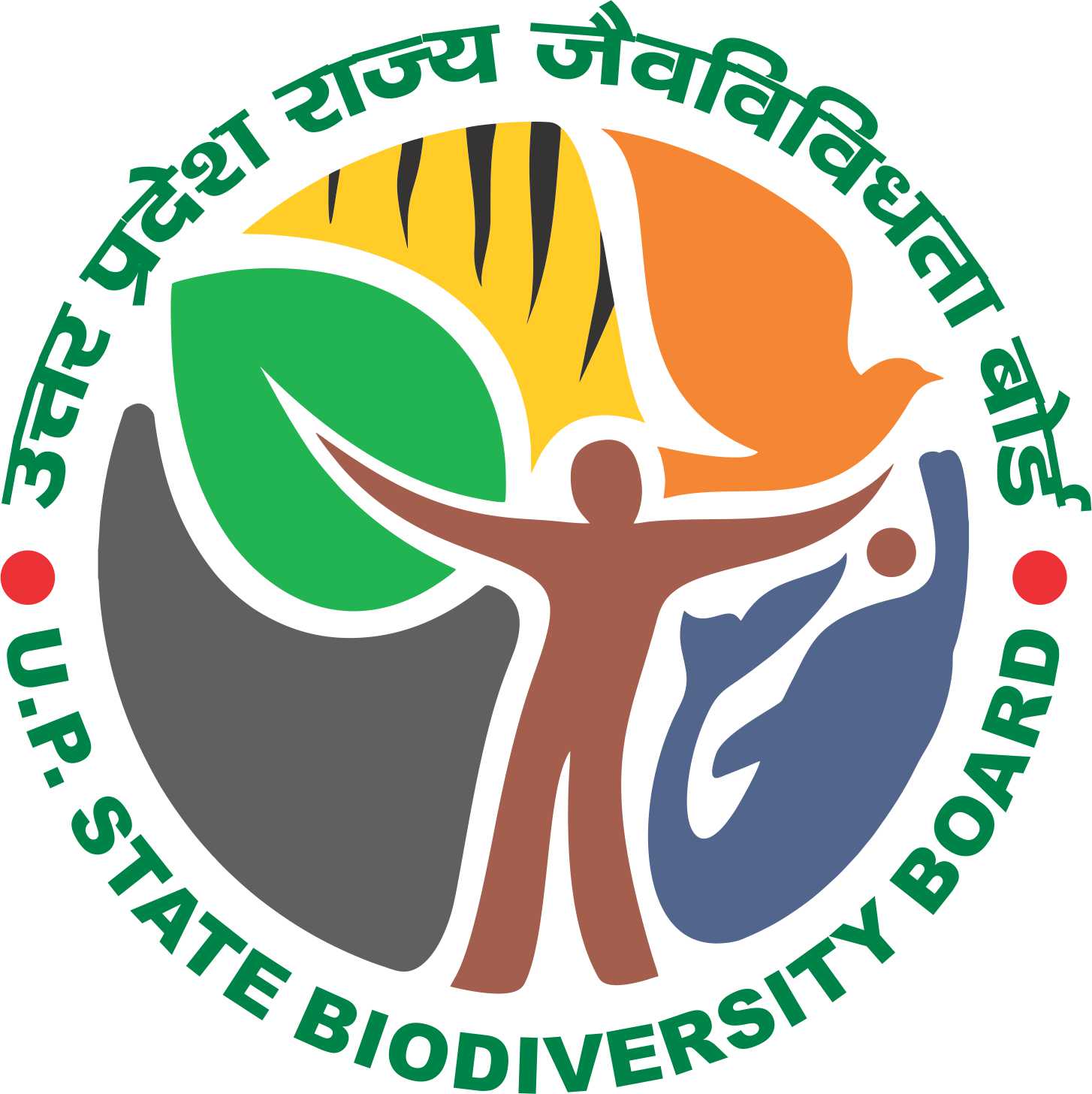|
|
FAQ
Why is Biodiversity threatened?
It is often the loss of big mammal species that catches most our attention: we are deeply touched of the disappearance of charismatic animals such as pandas, tigers or elephants, but we are less aware that many less conspicuous organisms are disappearing fast.
Today, species and habitats are becoming extinct or disappearing at top speed. Why? The main reasons are listed below.
Habitat loss and destruction is usually a direct result of human activity and population growth. It is a driving force in the loss of species, populations, and ecosystems: when people cut down forests, dig mines, build cities, or make roads, they destroy habitats. When the habitats become smaller, less food and shelter are available. As a result, species living in these habitats compete with each other and with humans for limited resources. Since their populations are so small, they have fewer mates with whom to have offspring, diminishing the genetic diversity of their populations. Smaller habitats are like islands, isolated from each other, and species have greater difficulties migrating from one to another, as less suitable pathways are available.
The introduction of alien (exotic or non-native) species can disrupt entire ecosystems and have a major impact on populations of native plants or animals. The invaders can affect native species by eating them, infecting them, competing with them, or mating with them. Invasion can happen through many different ways: seeds catch on people's clothes, rats hitchhike on ships, marine species are transported around the world through ballast water from ships and insects can be introduced with the international trade for food or timber. The numbers of species introduced to areas in which they are not native are expected to increase as the scale of international trade, transportation and tourism continues to grow.
Human-generated pollution and contamination (e.g. acid rain, oil spills, human waste, nuclear waste, over use of pesticides) can affect all levels of biodiversity.
Population growth: over 6 billion people live on Earth. More and more resources are used for food, water, medicine, clothes, shelter and fuel. This leaves fewer resources for the Earth's species and habitats.
Over-exploitation (over-hunting, over-fishing or over-collecting) of a species or population can lead to its disappearance. Many of the world's natural resources are being used by humans faster than they can replace themselves. Commercial fish such as cod are over harvested, while species like dolphins and sea turtles often die in fishing nets. People buy wildlife and wildlife products to use as pets, medicines, gourmet foods or decorative objects.
Global climate change will alter environmental conditions. As humans burn more fossil fuels like oil and coal for energy, more carbon dioxide enters the atmosphere. Carbon dioxide - or CO2 - acts like a greenhouse, letting sunlight and heat into the lower atmosphere, but not letting heat back out. Other gases, including methane and nitrous oxide, released to the atmosphere by human activities, also contribute to global warming. As a result, average yearly temperatures on Earth have risen. Changes in the climate will modify the ecosystems in which many species - including humans - live. Some species and populations may be lost if they are unable to adapt to the new weather conditions or relocate to adequate habitats while other species - such as certain diseases and pests - may flourish and expand their ranges. |



